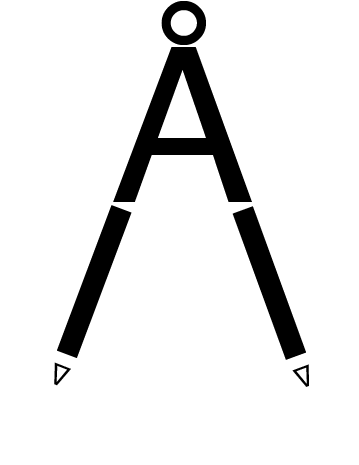Exploitation behind 'instagramable'
Week 9: From the ‘audience commodity’ to ‘free labour’
During the course of one week, document and then reflect upon the ‘labour’ that you have performed as a consequence of your everyday social media usage, and on the mechanisms that may be used to extract profit from the data you have contributed. Do you think you are adequately rewarded for this ‘labour’?
'Google' has been become a most famous and familiar verb which utilised to numerous scenes of our social life in various countries connected to the internet. Saying 'OK Google' to home assistant device instead of 'Good morning' to others as the first words in the morning, using Google Map with Smartphone to go to a place where obtained many 'likes' and if unknown thing is found, he or she will google it wherever or whenever they like. Recently, it has been argued that people who live in digital society are forced to work for world’s most powerful entities called GAFA (Google, Apple, Facebook, Amazon).
Scott Galloway, the author of ‘The Four: The Hidden DNA of Amazon, Apple, Facebook and Google’ says that Facebook is ‘love’ for humankind. Facebook catalyses our desires to be loved and connected to others. However, Facebook is not a kind of graceful god but a tech company. He also states in his book “…Facebook may be the most successful thing in the history of humankind...The company owns there of the five platforms that rocketed to 10 million users the fastest: Facebook, WhatsApp, and Instagram”.
In exchange of free use of various internet services like social media, we provide various types of data generated from our daily lives to tech companies. Optimistically speaking, this is the convenient future that we long for but pessimistically speaking, people are everlasting labor force for GAFA as a data generator. In this post, as a tiny labor force, I record a week-long of my Instagram activities and analyse my profitable contribution to the social media to support my argument; we are obviously labor force for tech company because indirect data collection the way Instagram does could be a exploitation using data arbitrage.
As a method I determine criteria as follows; using Instagram as data source and a week from December 20th to 27th 2019 for the recording duration. The name of account is '@hertinylondon' which means this account is about my two years old daughter named Asaho and London. All photos taken by me and my wife are dedicated to record my daughter's experience in London. To avoid exposure to face recognition system without my daughter's will, her face is technically hidden, but this anonymous representation will help viewers empathised and reflected.
Geographically, all posts are focused around area of Barbican, London. One reason is moving capability of my daughter is limited, another reason is that during this period, I and my family stayed at my close friend's place at Barbican Center because he had been away from London.
To describe social graph, @hertinylondon has 17 followings and 13 followers which consists of; approximately 23 percent for my families including my account (@akihicomori), nearly 23 percent for my friends as well as my coworker including artists, designers, and entrepreneurs from creative sector, roughly 27 percent for I and my wife's close friends, almost 30 percent for my friends in college. During this term, I sent direct message to one of my friends from college.
It is not clear how Instagram analyses data using specific algorithm, however it is obvious that Instagram collects valuable user's indirect activity data generated as by-product of a user's activity on Instagram as well as direct activity data such as followers and followings described above. We can see a part of indirect activity data which Instagram has on the page of account settings on the app. For example, shown on the 'Your activity' page, Instagram collects information about how long a user stay on the app per a day. In case of @hertinylondon, the average up time is 25 minutes per a day. One of the unfamiliar indirect activity data is a series of data of account activity such as search history which is the log of the account conducted search others' account listed on the access tool page which is not easy to find. On the search history of @hertinylondon, my close friends' names are clearly shown. The access tool page also has user's Ads Interests, Stories Activity such as Polls, Emoji Sliders, Questions and etc.
In conclusion, according to some features found on a week-long record of Instagram account (@hertinylondon) and observed facts for indirect data collection, it is easy to imagine that Instagram collects data to maximise the usability, experience as well as the effect of advertisement and other profitable purpose. Users on social media are labor force for tech company and the data generated by users could be used without their will, love for connectivities. (752 words)


